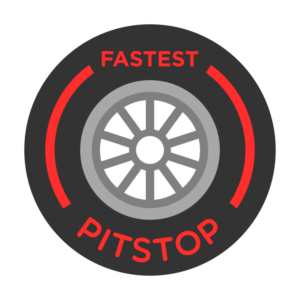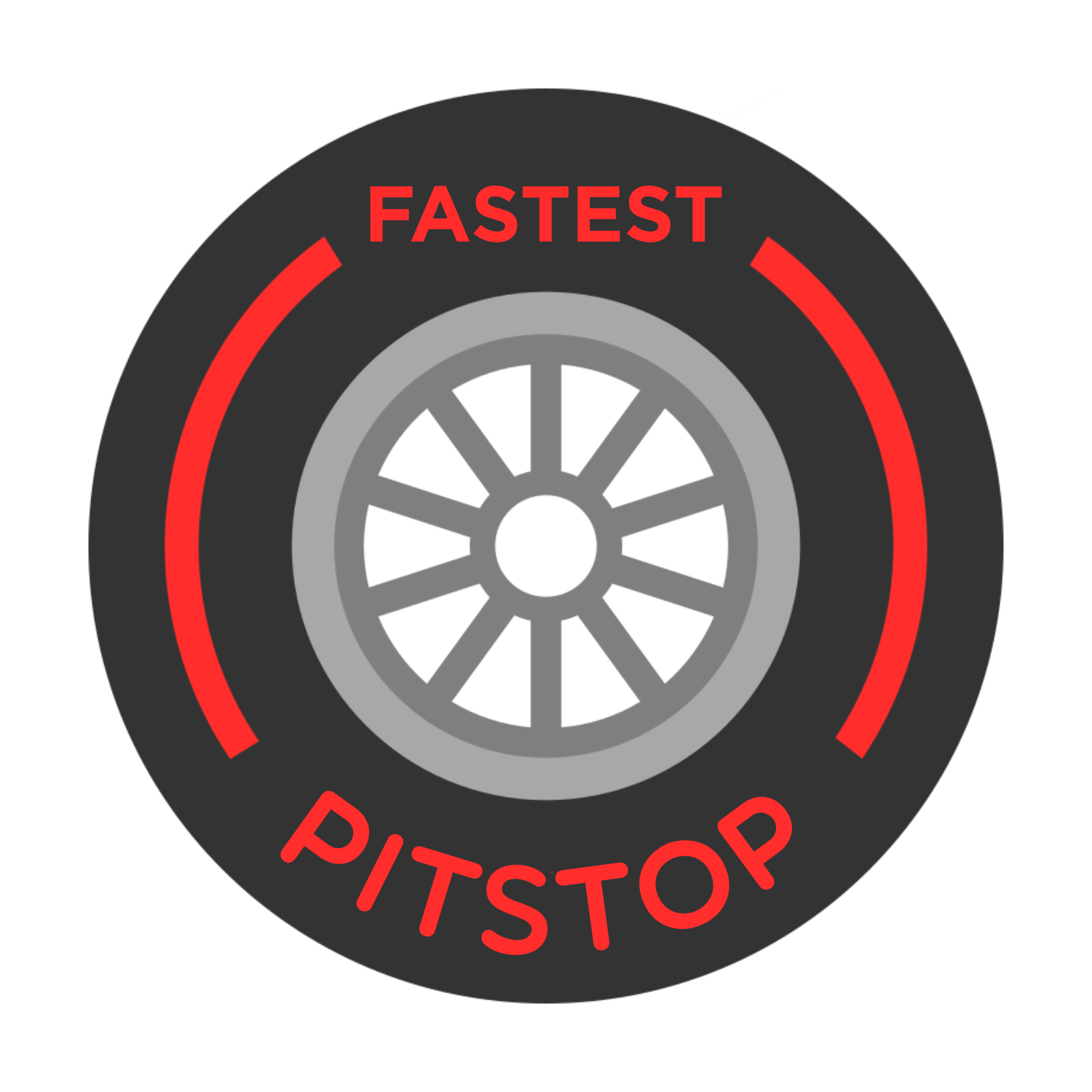The floor of an F1 car is a delicate example of an aerodynamic component. It has little edges and wings all along the length and there are loads of grooves and bumps to direct airflow along the car. An important aspect of the floor is the front bib, also called the T-tray, which determines the height of the floor. Let’s take a closer look at what the front bib is and why it is important in Formula 1.
What is the Front Bib or T-Tray in a Formula 1 car?
The T-tray is a part of the floor where the wooden plank is attached and the ride height is set. It sits at the very front of the floor, just behind the front axle. Its height can be adjusted, either lowering it closer to the ground or raising it higher.
Por lo que entendí, no es que se haya descubierto a un equipo cometiendo una infracción técnica con el Tea Tray para alterar la altura. Pero si la forma en la que podría hacerse, ya que los planos de los autos están disponibles en un servidor de la FIA.
Y ahí salió el aviso. pic.twitter.com/QADJLVcswW
— El Otro Lado de las Carreras 🏁 (@OtroLadoBLOG) October 17, 2024
If you lower it too much, the floor will hit the track during driving. When that happens, the wooden plank under the car starts to wear down. If the wear exceeds 1 millimetre by the end of a session, the car gets disqualified. On the other hand, setting it too high reduces the floor’s aerodynamic effect, slowing the car. However, raising the T-tray helps protect the plank from wear and avoids potential disqualification.
How can the Front Bib be used to adjust ride height in F1?
The front bib can be adjusted in height by way of a piston. The more it extends, the lower the front bib sits. How much you can change this setting depends largely on the car’s overall setup.
T-Tray stays/dampers of different teams
byu/beerusuuuuh inF1Technical
Changing the position of this piston is usually considered to be difficult as the car needs to be disassembled for engineers to be able to reach it. Changing the height of the front bib is supposed to be done from outside the car manually. This prevents teams from changing the ride height without the knowledge of the FIA.
The lower setup gives the car additional pace over a lap but increases plank wear below the car. A higher ride height will reduce plank wear, making the car legal at the end of the race.
When it comes to preferences, the teams would prefer to have a low ride height during qualifying and a higher ride height during the race. However, according to the FIA’s Parc Ferme rules, the teams cannot change the ride height between the qualifying and the race. So the teams usually run with a race setup when it comes to ride height throughout the weekend.












